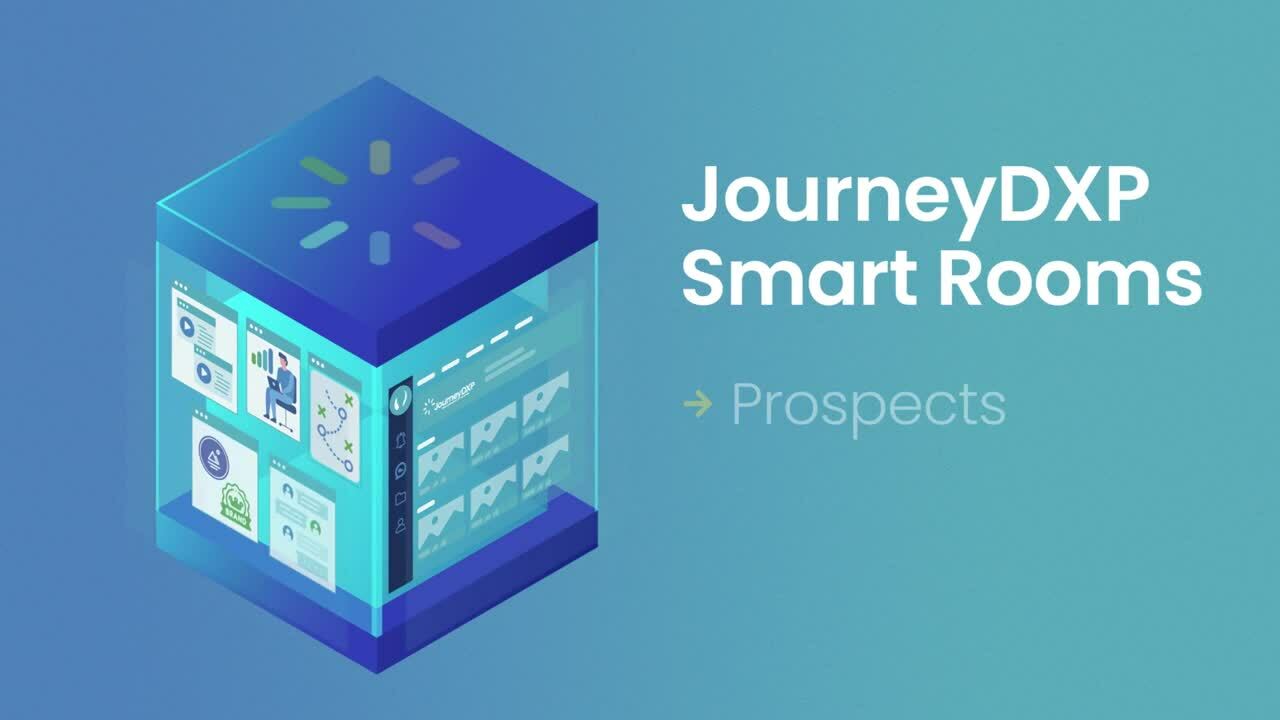JourneyDXP has been a pioneer in the next wave of digital communication experiences, helping B2B organizations improve both internal collaboration and external customer engagement through our Smart Rooms platform. Although we can’t predict with certainty what digital communication will be like in the future, we do have some clear ideas around the concept of digital sales rooms and where they are headed in the next few years. Let us share a brief history of the impact that the internet and digital communication—via basic email technology—have had on our professional lives over the past twenty-five years or so and explore how digital sales rooms will fill an important gap as the way business communication evolves.
The Evolution of Email Communication
The period of time between 1985 and 1995 laid the foundation for the internet and the business email revolution. For those of us who were in business when it all began in 1995, we had to adapt through the lightning-fast progression of communications practices as website speeds increased and email adoption and saturation soared. It’s interesting to look back on those early years and see how different our professional lives are today. On the other hand, it’s virtually impossible for millennials to imagine a world without the internet or email—an important consideration when millennials have constituted the largest generation in the American workforce since 2016.
Regardless of which generation you belong to, we’ve all seen the internet, and email in particular, very quickly and dramatically change the way we manage workplace communications. With the average office worker receiving more than 120 emails per day, this technology has become ubiquitous to the point of being overwhelming for many.
The result? Email open rates continue to decline, global regulation rises on a near-exponential basis, and consumers demand a better way to supplement the buying process. We’re in the early stages of an upheaval in how businesses exchange information internally and externally.
Which segments of the business community will this revolution impact the most first? At JourneyDXP, we see two segments experiencing change simultaneously. One group is those of us on the front lines of customer engagement: sales, marketing, account management, and other client-facing teams. The other group is our prospects, buyers, and partners.
Email will long persist as the dominant delivery mechanism of basic, reliable digital interaction. Yet, the challenges we face in maintaining its effectiveness and keeping up with radical shifts in consumer needs and expectations necessitate an entirely new approach to how everyday business communications manifest themselves.
The Rise of Digital Sales Rooms
When prospects and customers have questions about your products or services, it’s no longer acceptable to refer them to your website and have them root around to find what they’re looking for. And when it comes to capturing interest and staying top of mind, it’s no longer enough to send one-off outreach messages hoping to attract and retain audiences. Customers increasingly demand a more intuitive, engaging experience, and the organizations that can provide this at every touchpoint in the buying process will win their business.
Digital sales rooms have emerged as the tool for facilitating sustained, interactive experiences. A relatively new technology, digital sales rooms enable rapid deployment of beautiful, private, branded digital spaces containing only the most relevant content to support productive communication between companies and consumers. Sales, marketing, and account management teams realize the optimal use and adoption of digital sales rooms through their combination of visual impact, user-friendliness, and opportunity for quick, informal communication among any and all room members. The most advanced solutions are equipped with a full range of analytics offering insight into customer interests, preferences, and behaviors, which can inform the ongoing development of any one single room experience.
Companies that leverage digital sales room technology are able to extend their reach further into the customer communities they target, sometimes by a factor of three to four times the norm prior to launching a room. They can navigate the customer education process with greater speed and ease, compress the average sales cycle by 10 to 20 percent, and report higher win rates—sometimes even raising conversions by an extra 10 percent.
With results like these, it’s clear that the next phase of business communication is well underway, and the digital sales room is leading the charge. Over the last two and a half decades, we’ve seen the acceleration of website use and the penetration of email; every company has a decent website and an email list they use and abuse. But now that it’s time to move beyond these traditional tactics, failing to engage with leads and clients in a novel way will mean getting lost in a sea of competitors.
Organizations across many different industries, with $25 million to more than $50 billion in revenue, take advantage of JourneyDXP Smart Rooms to manage isolated sales cycles, help account managers extend reach and create deeper relationships, simplify community marketing, improve customer success efforts, align their sales and marketing teams, and support a variety of other unique use cases in an innovative digital workspace.
We’d be happy to speak with you about your business’s current challenges, objectives, and potential digital sales room applications. Contact us to more about our next-generation platform and virtual selling coaching services in a no-obligation, thirty-minute executive briefing with a member of the JourneyDXP team.
POPULAR
The Imperative Alignment of Sales and Marketing in the Digital Age
In today's hyperconnected and rapidly evolving business, communications, and technology landscape, the convergence of sales and marketing functions has become more pronounced than ever before. Alignment between sales and marketing teams has emerged as a critical determinant of success. This blog delves into why it has become more essential than ever for sales and marketing teams to be fully aligned in their prospect and customer engagement strategy and explores how digital sales rooms serve as potent tools in facilitating this alignment and fostering enhanced customer engagement.
RELATED
4 B2B Business Development Strategies Rooted In Thoughtfulness
Business development (and business development reps, also known as BDRs) get a bad rap. They’re traditionally viewed as the cold callers; the folks who chip away at a mountain of email addresses and phone numbers...




